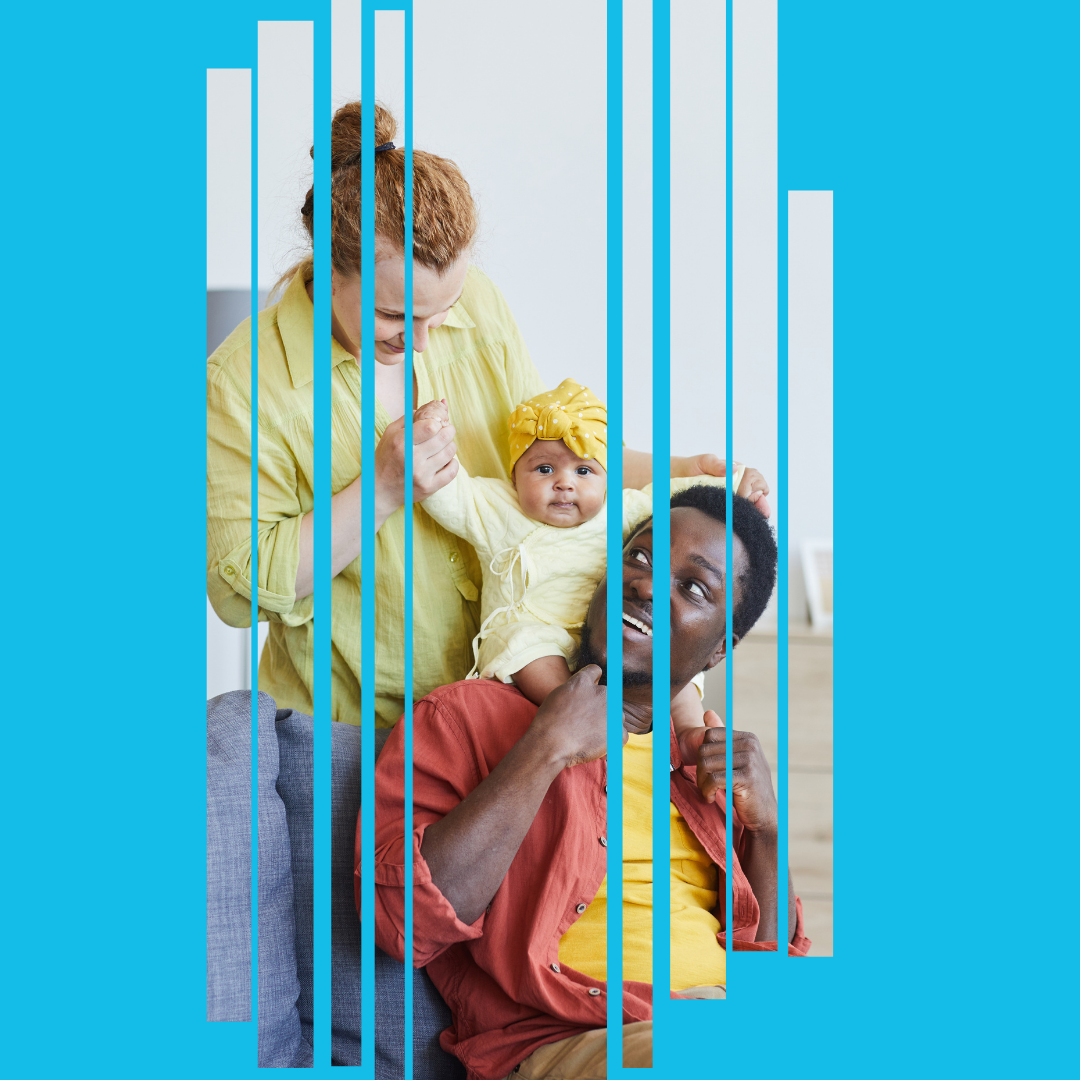In May, we celebrate our foster parents that work so hard each and every day by caring for the children in their homes. One of the most tragic things about caring for children is that many times children are identified as simply a number. A statistic. Bringing awareness to children in foster care and what you can do to make a difference is one of the reasons TBHC Foster Care and Adoption exists. It is our hope that learning more about the children in foster care will help you understand what they’re going through and know that none of them are just a number or a statistic.
1. Foster to Adopt Meaning
‘Foster to Adopt’ does not guarantee that you will have the option to adopt every child that comes in to your home. By saying ‘Foster to Adopt’, we mean that your first responsibility is fostering but you are open to adopting the children if DFPS decides that adoption is the goal. Read more below on goals of foster care….

2. Average Age of Children Available
Some families start the foster care process with a certain age in mind but soon find out that there are greater needs for a different age group. The majority of foster homes are open to the ages of 0 to 5, which leaves less space for the teens that are in care. As you can see on the chart, younger children are more likely to have an older sibling in foster care. Read more below on sibling groups…

3. Sibling Groups: How many are split? Average size of groups?
Foster families can decide how many children they will accept in their home. They have to be prepared that most children in care have siblings. DFPS strives to keep them together in the same home, if possible. Notice the lower percent of children with 2 or more sibling that get to live together!
4. Understanding the differences and similarities of Reunification, Kinship and the need for Adoption
Being placed in foster care does not automatically mean that that child will be adopted into another family. The end goal of foster care is to provide a safe, loving permanent home, even if that is with a biological family member. You can see that the DFW area has a higher percentage of reunifications than adoptions.
-
Reunification goal is the child being reunited with their parents after the case is closed.
-
Kinship goal is when a child is placed with a relative or a family friend but not with their biological parents.
-
Adoption goal is when the parental rights have been terminated and a family (not related) chooses to legally make the child a part of their family.
5. Reasons children come into care
Each child that comes into care has a unique story. During the licensing process, parents can specify what needs they are able to meet based on the trauma children have experienced. Some abuse is apparent and is the reason for removal but sometimes as the child gets comfortable in a foster home they will start sharing more information about other forms of abuse that occurred.

Here are a few links on different forms of abuse:
https://www.dfps.state.tx.us/Training/Reporting/reporting.asp
https://www.speakupnow.org/foster-care-and-human-trafficking/
https://www.dfps.state.tx.us/Investigations/Human_Trafficking/default.asp
https://www.newfriendsnewlife.org/





